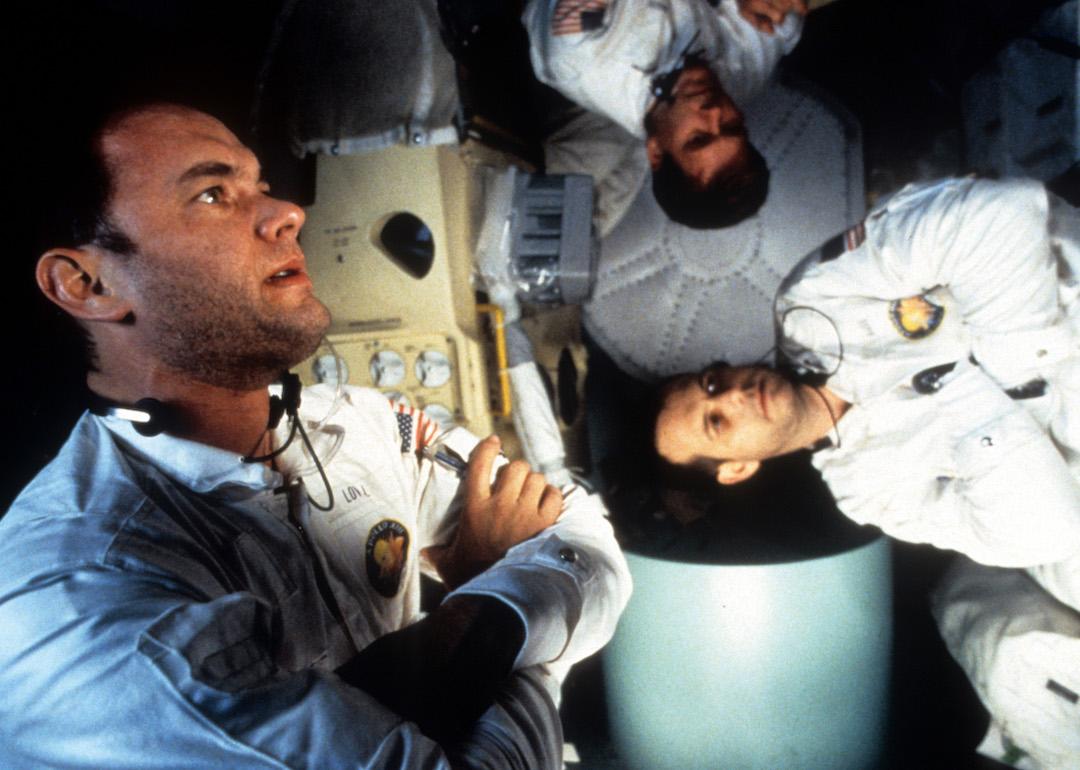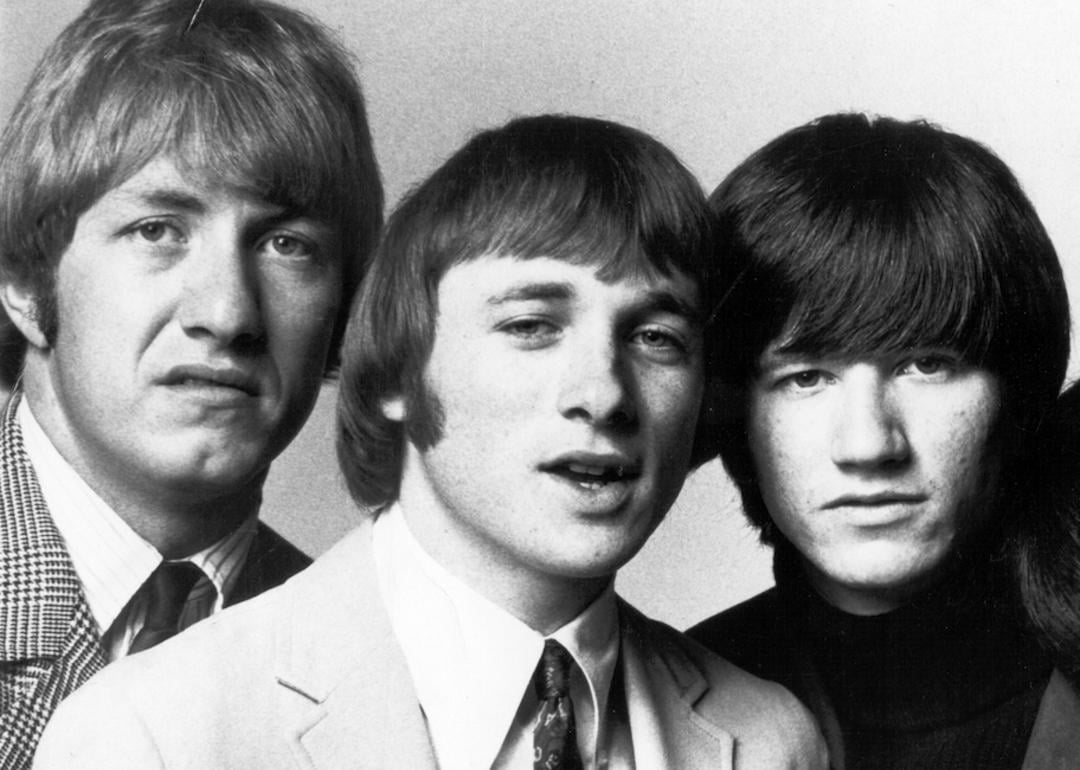
Can you name the one-hit wonder behind these iconic song lyrics?
Can you name the one-hit wonder behind these iconic song lyrics?
Everyone may love a comeback story in Hollywood—but in the music industry, nothing captures listeners' imaginations quite like a "one-hit wonder."
Imagine skyrocketing to the top of the charts—fame, awards, and publicity abound—thanks to the popularity of a single song, only to never follow up on that success? (Or, at least not to the same level.)
Some one-hit wonders might continue releasing music, sell out concerts, and even grow their fan base over time—but rarely do they surpass that one shining moment in the pop music zeitgeist. It's a subject of hot debate among fans and critics alike, with some seeing the "one-hit wonder" title as an insult, robbing the artist of credibility. However, plenty of musicians never get a hit at all—and that's reason enough to celebrate both the earworms themselves and the artists behind them.
Perhaps the best measure of how big a one-hit wonder actually was isn't necessarily how many units it sold or how much airplay it received in the year it was released—but how much it has persisted in the public eye (or ear, in this case), even decades after its debut.
Stacker assembled 15 of the biggest one-hit wonders across various genres, starting in the 1950s and ending in the 2010s—since any hitmaker in this decade may still have a chance at the limelight—based on peak Billboard chart positions and other factors that have made them memorable in the American music lexicon (like featuring in movies and TV commercials).
The one thing they all have in common? They've all got iconic lyrics that make them immediately recognizable. How many of these songs and artists can you identify by just a few lines?

Everyone's a superhero/ Everyone's a Captain Kirk
Although the artist is a one-hit wonder, two versions of this song actually made their way to U.S. pop radio in the 1980s.

Nena: '99 Red Balloons' and '99 Luftballons'
- Year: 1984
- Album: Nena
The German band Nena is known for its smash hit "99 Luftballons," which catapulted to #2 on the U.S. Billboard Hot 100—despite being sung in the band's native German language. It contained just a single phrase in English ("Captain Kirk") until the band recorded and released an English translation called "99 Red Balloons."
Both versions have been played by U.S. radio stations. It only counts as one hit, though—because the official chart authority in the U.S., Billboard, considers two songs with different lyrics but the same music and melody the same song.

He's not vicious or malicious/ Just de-lovely and delicious
This dance-pop group may have been a one-hit wonder, but their single hit contains vocals by musical artists who charted with other pop acts.
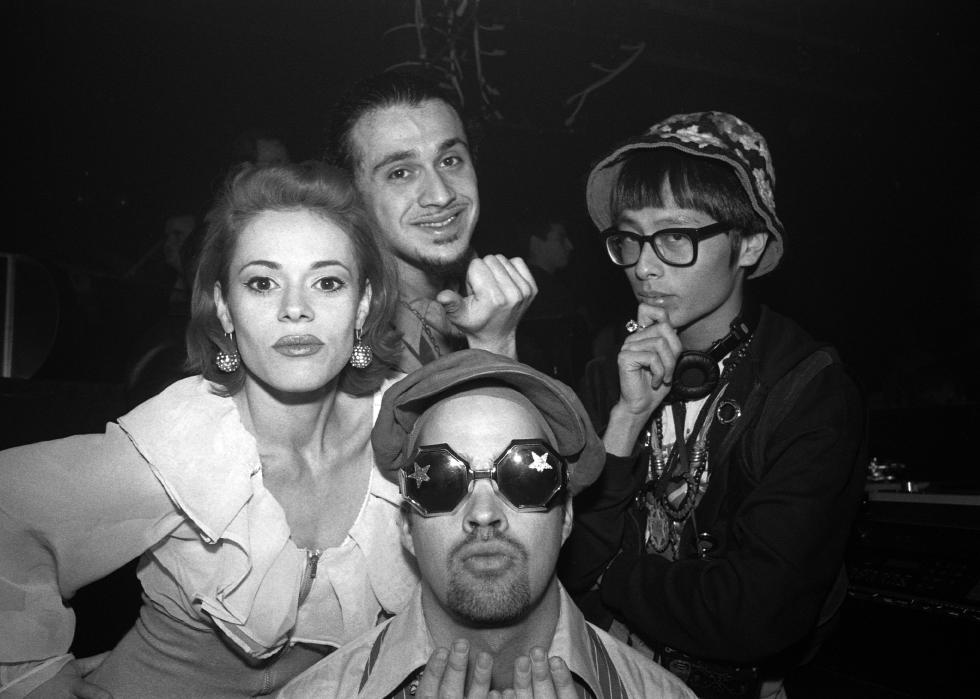
Deee-Lite: 'Groove Is in the Heart'
- Year: 1990
- Album: World Clique
While Deee-Lite recorded subsequent albums, they never had another hit like "Groove Is in the Heart," which peaked at #4 on the Billboard Hot 100. However, two other hitmakers do appear on the track as guests: rapper Q-Tip from A Tribe Called Quest and Parliament-Funkadelic bassist Bootsy Collins.

I backed my car into a cop car the other day/ Well, he just drove off, sometimes life's okay
The band behind this song hoped to offer a ray of hope and inspiration during what its members considered the dark times of the Bush administration.
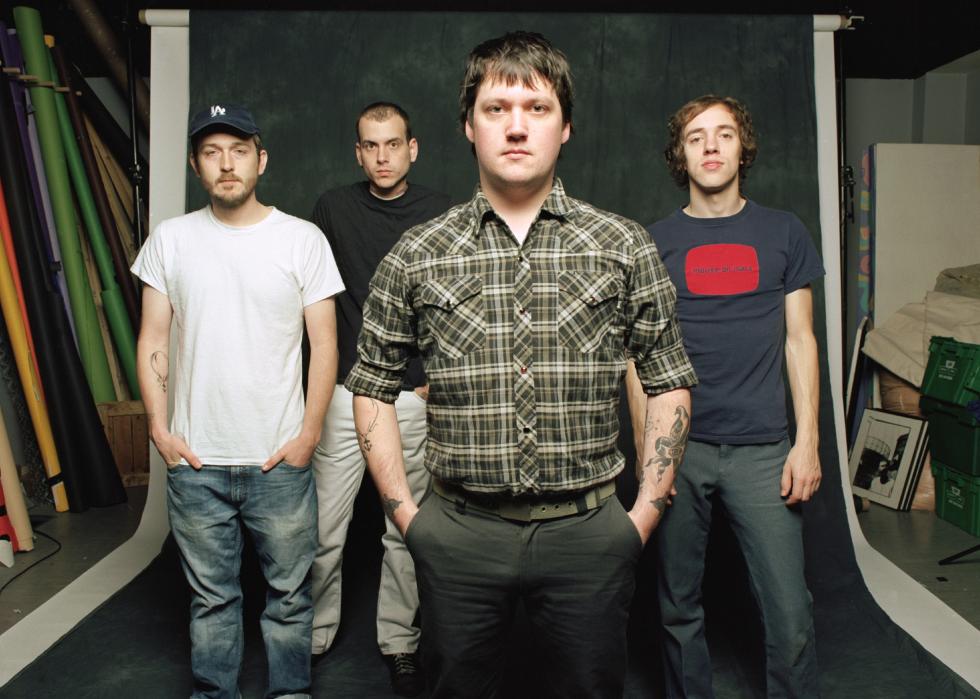
Modest Mouse: 'Float On'
- Year: 2004
- Album: Good News for People Who Love Bad News
"Float On" was an alternative rock radio mainstay in the early aughts and peaked at #1 on the Billboard Alternative Airplay chart. It took the band that recorded it, Modest Mouse, until their fourth album to achieve that success—which included song placements on several TV shows and a national OnStar commercial.

A little bit of Jessica, here I am/ A little bit of you makes me your man
Newly written lyrics sung on top of an instrumental hit from the 1940s by Pérez Prado included several women's names, from Jessica to Angela, Pamela, Sandra, and Rita.

Lou Bega: 'Mambo No. 5'
- Year: 1999
- Album: A Little Bit of Mambo
Although he was born in Germany, singer Lou Bega capitalized on the Latin music craze of the late 1990s with his massive hit "Mambo No. 5"—which featured a trumpet-heavy horn section and a toe-tapping dance rhythm. Although designated with the number five, it was actually the highest entry by far in Bega's song-charting repertoire. The other one was "Tricky, Tricky," which peaked at #74 on the Billboard Hot 100.

Alright stop, collaborate and listen
This white rapper rose to the top of the charts with his pop music debut—but astute listeners suspected the single sounded too familiar to be entirely new.

Vanilla Ice: 'Ice Ice Baby'
- Year: 1990
- Album: To the Extreme
Vanilla Ice burst onto the pop music scene in 1990 with his catchy hit "Ice Ice Baby"—but what made him infamous was his denial that the song's distinctive bass line was lifted from Queen and David Bowie's track "Under Pressure." All parties agreed to settle the matter out of court, with each Queen member (including vocalist Freddie Mercury) and Bowie himself now credited as co-writers.

Step on a crack/ Break your momma's back
Early in the days of music videos and MTV, this five-man band attracted much attention for their unique costumes—including some eye-catching headwear—and sense of humor.
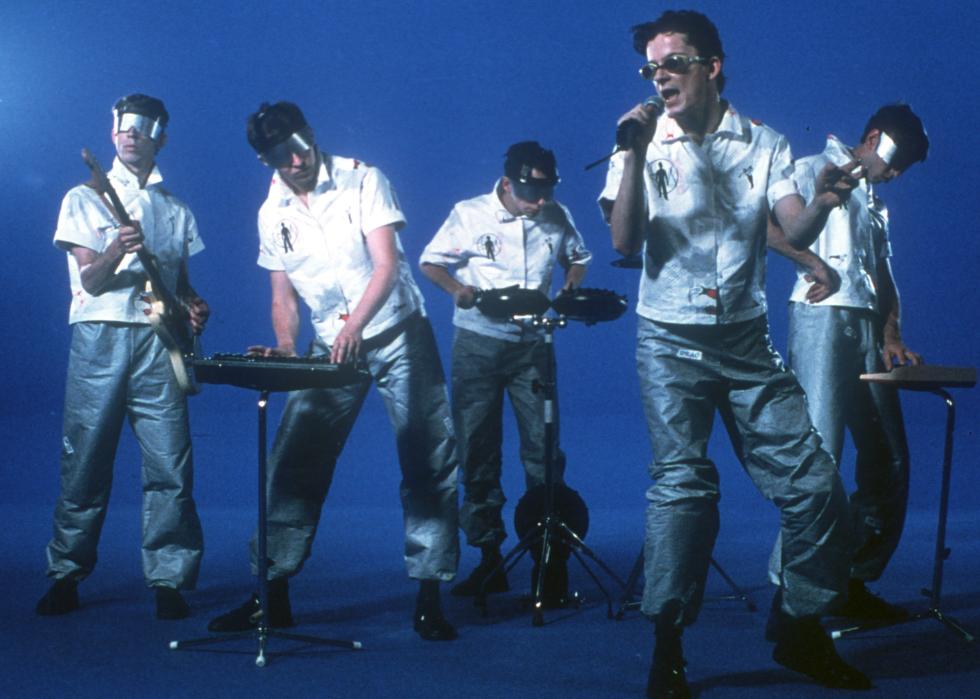
Devo: 'Whip It'
- Year: 1980
- Album: Freedom of Choice
From its opening exclamation—"Crack that whip!"—it's clear Devo's "Whip It" is an unconventional entry into the pop music lexicon. The band offered various musical styles, from post-punk to new wave, with equal doses of drums, guitar, and electronic synthesizer sounds. And like a cherry on top, each band member wore red hats resembling flower pots, which they called "energy domes."

Tell me all your thoughts on God/ 'Cause I would really like to meet her
This American alt-rock band was responsible for a Billboard Modern Rock Tracks chart-topper whose lyrics don't actually contain the exact title of the song.
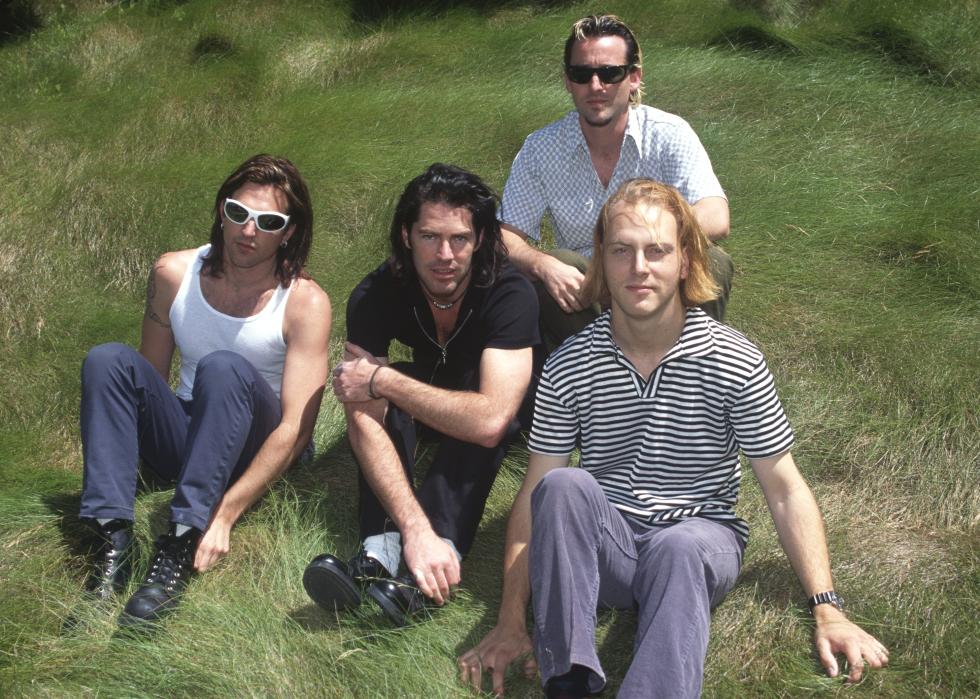
Dishwalla: 'Counting Blue Cars'
- Year: 1995
- Album: Pet Your Friends
With a controversial pronoun choice, the band Dishwalla seemed to declare God is a woman in its only hit, "Counting Blue Cars." In fact, this lyric was so iconic that A&M Records added
"Tell Me All Your Thoughts On God" in parentheses to the end of the song title for its U.S. release.

No, you didn't have to stoop so low/ Have your friends collect your records and then change your number
This top song of 2012 gained mainstream traction after its music video went viral on YouTube.

Gotye: 'Somebody That I Used to Know'
- Year: 2011
- Album: Making Mirrors
Although credited to a moniker that seemed to suggest a band—Gotye, the commonly mispronounced name that sounds like famous fashion designer Jean Paul Gaultier—this #1 global hit was written and almost fully performed by solo artist Wouter André De Backer, save for featured guest vocals by New Zealand singer Kimbra.

Pack it up, pack it in, let me begin/ I came to win, battle me, that's a sin
Although it's not the only hip-hop song to feature bagpipes in its instrumentation, this one-hit wonder was performed by an ensemble that counted a "Danny Boy" among its members.
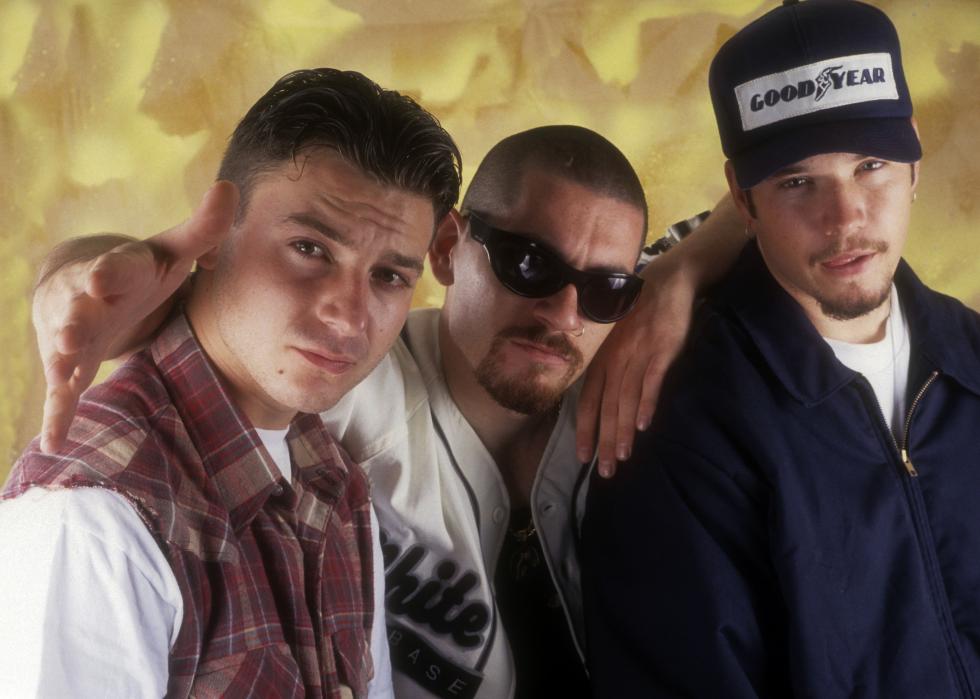
House of Pain: 'Jump Around'
- Year: 1992
- Album: House of Pain
In the 30-plus years since its release, "Jump Around" has become a rallying cry at arenas and sports stadiums across the globe—but in the early 1990s, the monster hit peaked at #3 on the Billboard Hot 100 and brought the screech of bagpipes to mainstream radio audiences and music television viewers.
Although House of Pain never had a hit as wondrous as this one, its co-founder Erik Schrody (notably of Irish descent) returned to the charts in 1998 with a solo, blues-influenced song called "What It's Like"—performed under the pseudonym Everlast.

Gotta make a move to a town that's right for me/ Town to keep me movin', keep me groovin' with some energy
In late 1979—the same year as the "Disco Demolition Night" that marked the peak of the "Disco sucks!" campaign—this Minneapolis-based group brought some funk and new wave influences to 1970s dancefloor grooves.
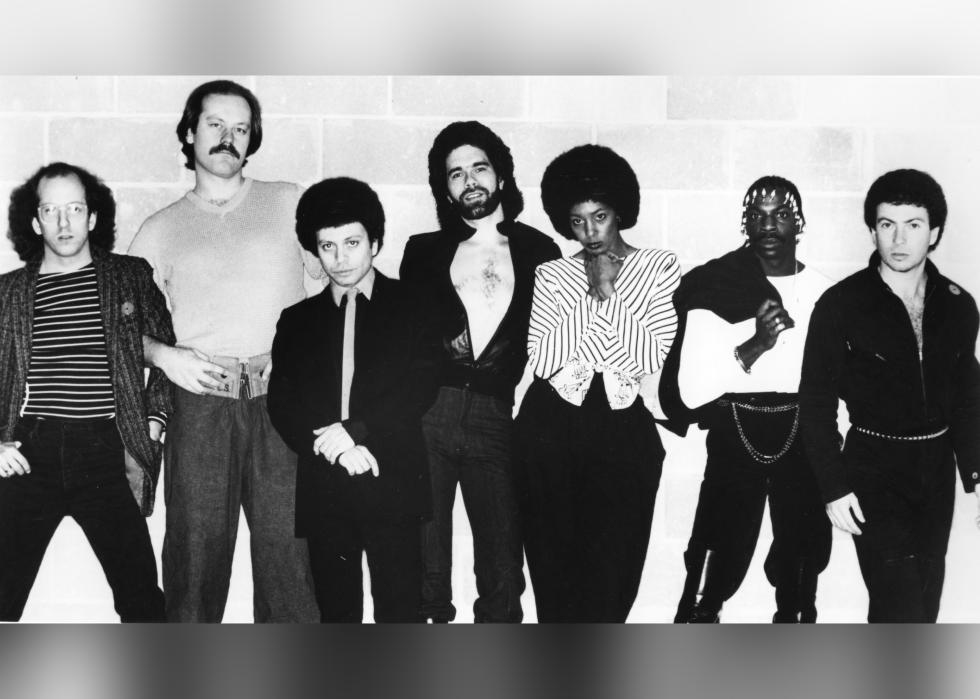
Lipps Inc.: 'Funkytown'
- Year: 1979
- Album: Mouth to Mouth
"Funkytown" wasn't your typical dancefloor hit of the late 1970s—which is perhaps why it managed to transcend the backlash against the disco genre that closed out the decade. In fact, it reached #1 on the Billboard Hot 100 and the Dance Club Songs chart in 1980. Although the group Lipps Inc. (pronounced like "lip-synch") never had another hit like "Funkytown," the song actually made a comeback in 1986 when Australian dance-rock band Pseudo Echo's remake of it peaked at #6 on the Billboard Hot 100.

I remember when/ I remember, I remember when I lost my mind
The performer behind this one-hit wonder isn't, as some might think, a solo artist with a distinct first and last name—but rather a duo of musicians known for their work separately.
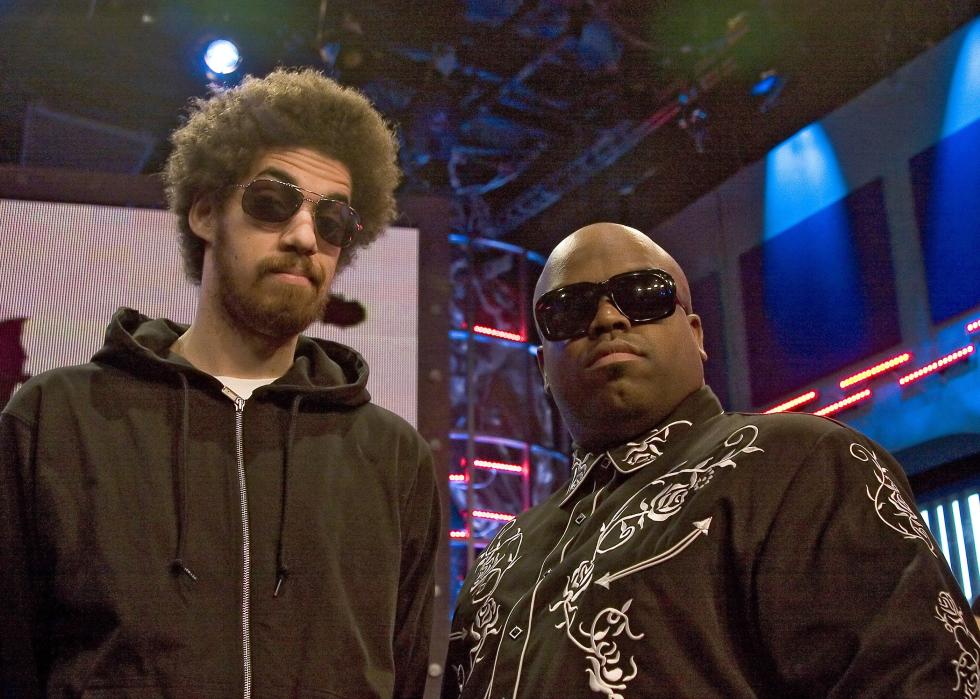
Gnarls Barkley: 'Crazy'
- Year: 2006
- Album: St. Elsewhere
When singer-songwriter-producer CeeLo Green (formerly of the hip-hop ensemble Goodie Mob) and producer Danger Mouse joined forces for their debut album as Gnarls Barkley in 2006, it gave them the chance to take on new identities both musically and visually—dressing up in outlandish costumes with themes ranging from "Star Wars" and "A Clockwork Orange" to "Grease."
The #2 smash "Crazy" was the limit of their chart success as a duo, but they did have a follow-up in 2008 called "Going On" that peaked at #88 on the Billboard Hot 100. CeeLo Green returned in 2010 with the solo hit "F--- You! (Forget You)," which likewise peaked at #2 in 2011.

You don't have to go home, but you can't stay here
This late-'90s power ballad depicted a scenario familiar to anyone who's stayed at a bar past last call.

Semisonic: 'Closing Time'
- Year: 1998
- Album: Feeling Strangely Fine
Alt-rock band Semisonic struck a chord with listeners with "Closing Time," which also contained lyrics that pulled at the heartstrings—like "I know who I want to take me home." Although it topped the Alternative Airplay chart and was embraced by pop, rock, and adult contemporary audiences alike, it was a one-hit wonder for the band—whose songwriter and lead singer, Dan Wilson, would later co-write and produce British singer Adele's #1 hit "Someone Like You."

And now I'm back/ To let you know/ I can really shake 'em down
The singer of this R&B hit bemoaned that he got his heart broken because he couldn't dance—and the song was so popular it became a hit for the same artist twice—more than two decades apart.
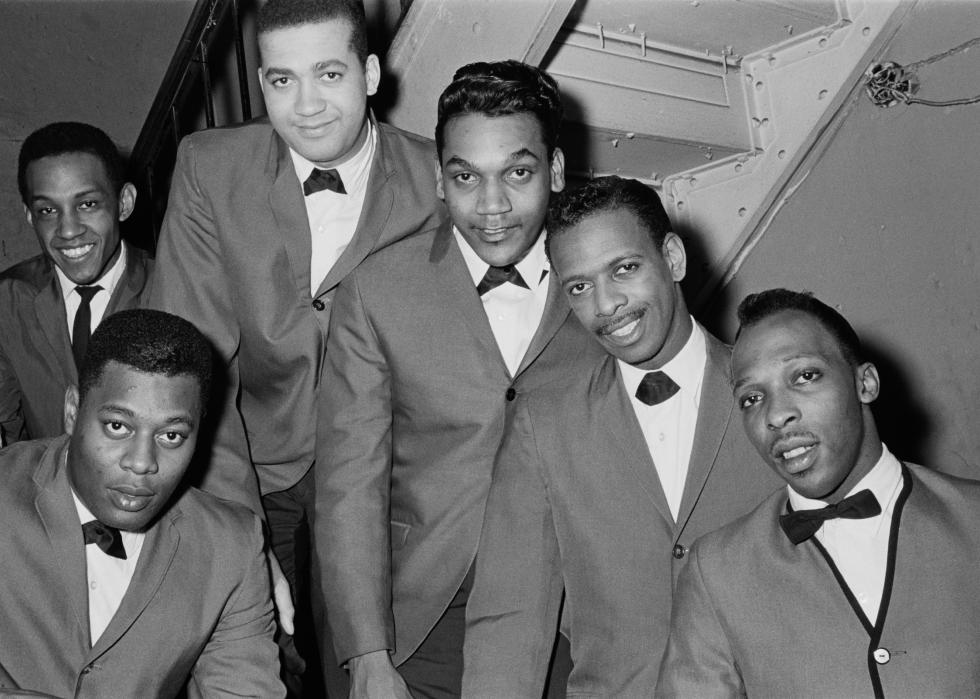
The Contours: 'Do You Love Me'
- Year: 1962
- Album: Do You Love Me (Now That I Can Dance)
Motown Records founder Berry Gordy wrote the song "Do You Love Me," which the Contours recorded for Gordy's own record label, scoring a hit in 1962. The R&B group could never follow that success with another song—but a rerelease of "Do You Love Me" performed nearly as well, peaking at #11 on the Billboard Hot 100 in 1988, thanks to its inclusion in the popular film "Dirty Dancing," and on the "More Dirty Dancing" soundtrack album.

Hey, what's that sound?/ Everybody look what's going down
The lead vocalist behind this protest song will sound familiar to fans of '60s- and '70s-era folk rock—but it was only as a solo artist and member of a later supergroup that he could match the success of this top 10 single.
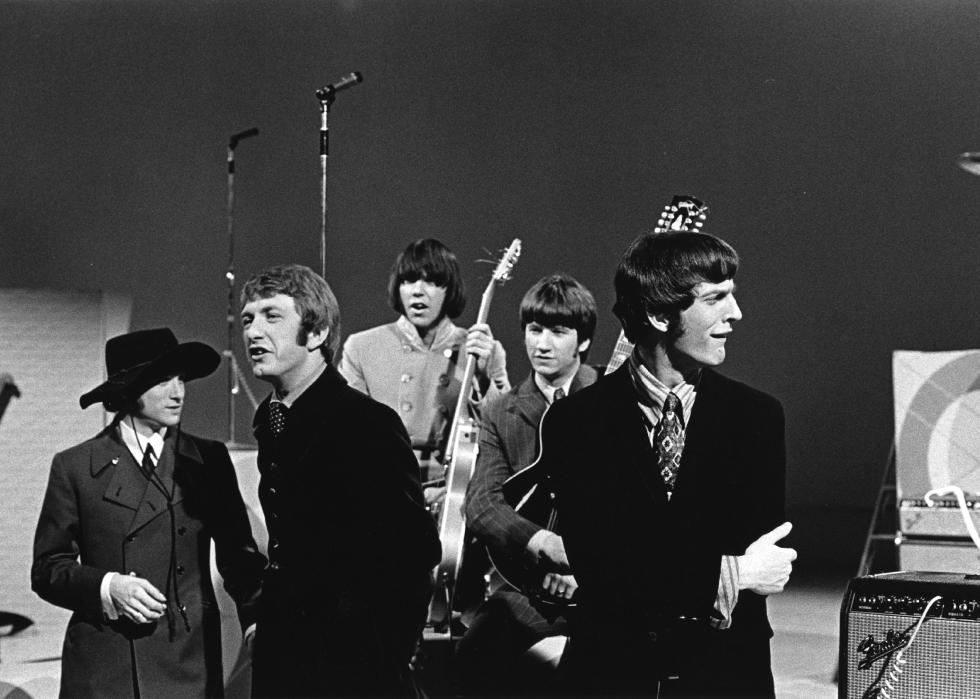
Buffalo Springfield: 'For What It's Worth'
- Year: 1966
- Album: Buffalo Springfield
Stephen Stills was the songwriter and vocalist for Buffalo Springfield, the one-hit wonder whose "For What It's Worth" launched his career. With a single peaking at #7 on the Billboard Hot 100 under his belt, Stills later joined the supergroup Crosby, Stills & Nash with David Crosby and Graham Nash (of the Hollies)—fellow Buffalo Springfield member Neil Young joined later down the line. Over time, however, "For What It's Worth" would become a defining anthem of the 1960s, subsequently being featured in films like "Forrest Gump" and "Tropic Thunder" and on TV series like "The West Wing."

There ain't nothin' in the world/ Like a big-eyed girl/ That makes me act so funny/ Make me spend my money
The artist behind this one-hit wonder saw his promising musical career cut short on "The Day the Music Died."
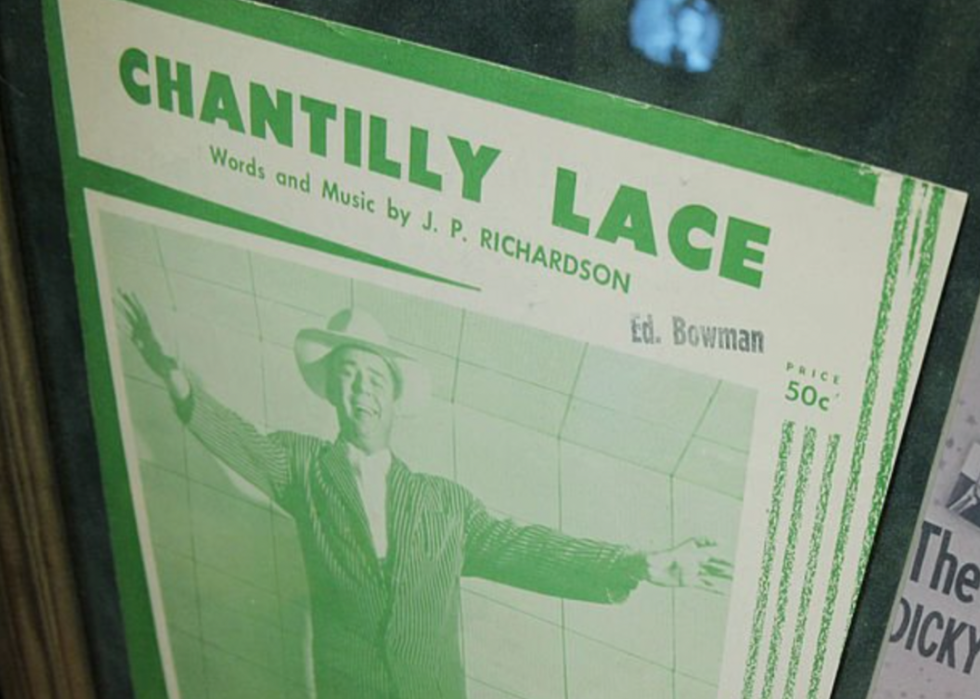
The Big Bopper: 'Chantilly Lace'
- Year: 1958
- Album: Chantilly Lace
Known professionally as The Big Bopper, Jiles Perry "J.P." Richardson Jr. was only 28 when he perished in the infamous Feb. 3, 1959 plane crash that also took the lives of fellow musicians Buddy Holly and Ritchie Valens. Just months before that, The Big Bopper had scored his first and only pop hit with "Chantilly Lace," which peaked at #6 and spent 15 weeks on the Billboard Hot 100.
Story editing by Carren Jao. Copy editing by Paris Close. Photo selection by Clarese Moller.

